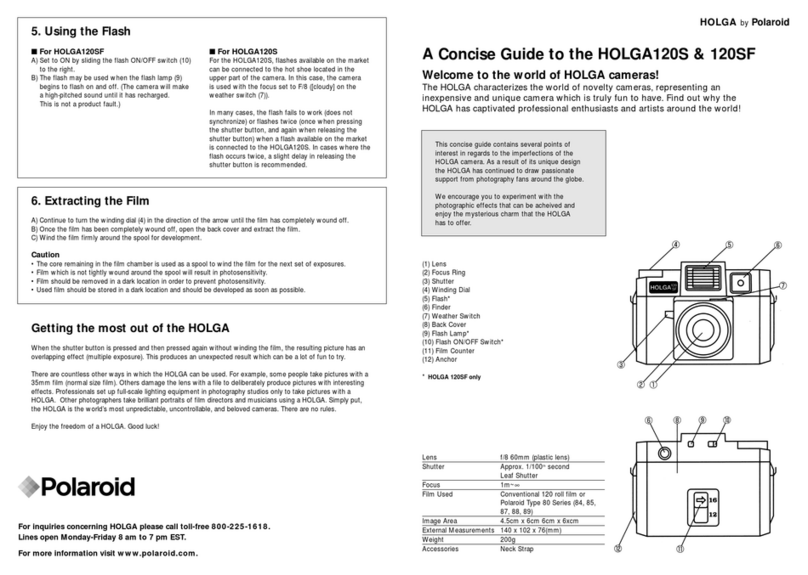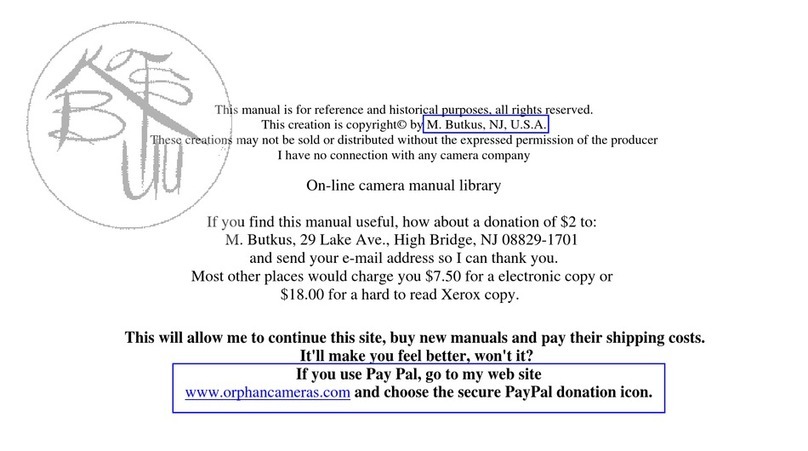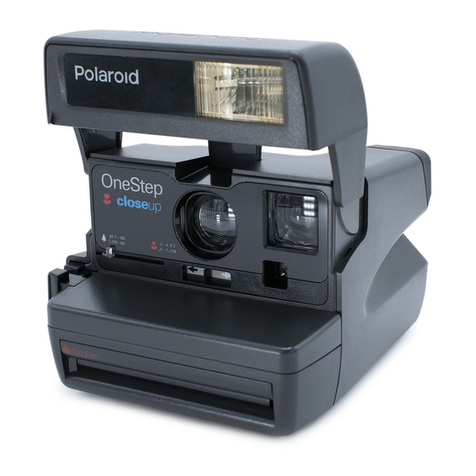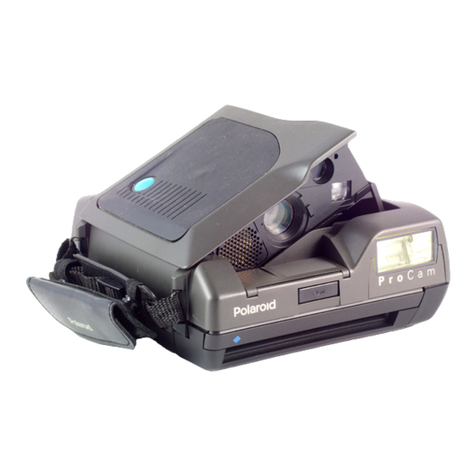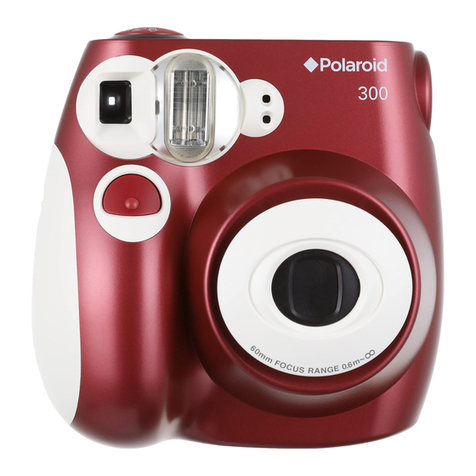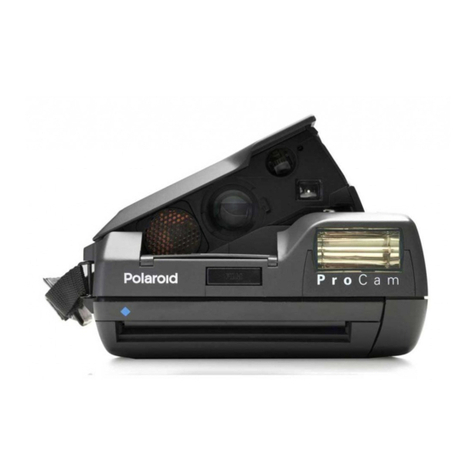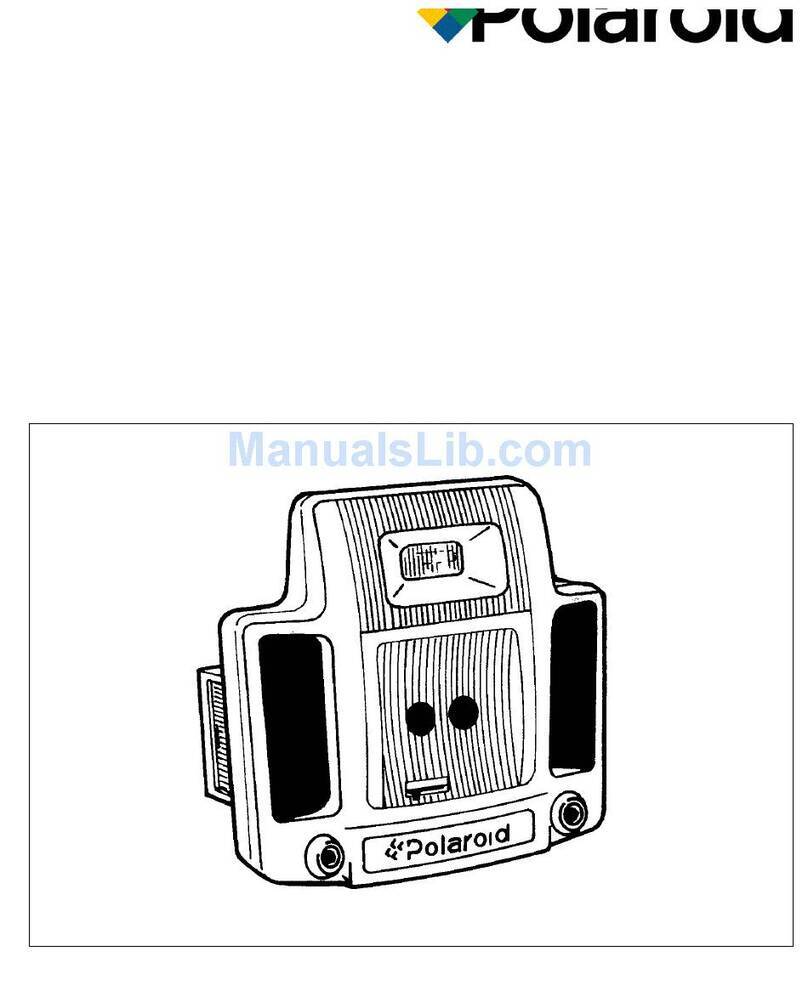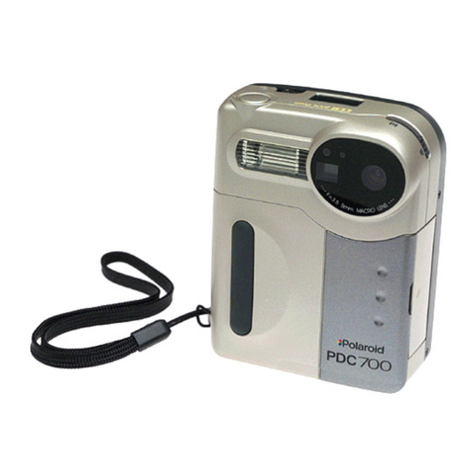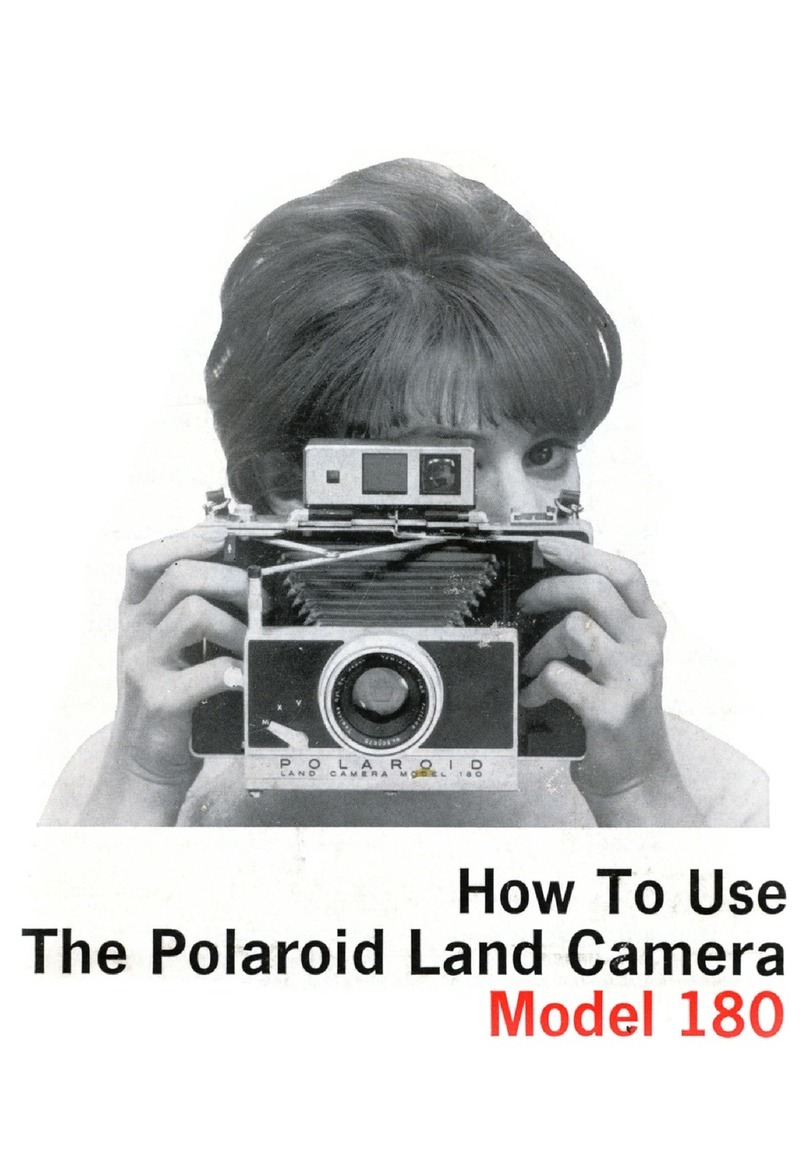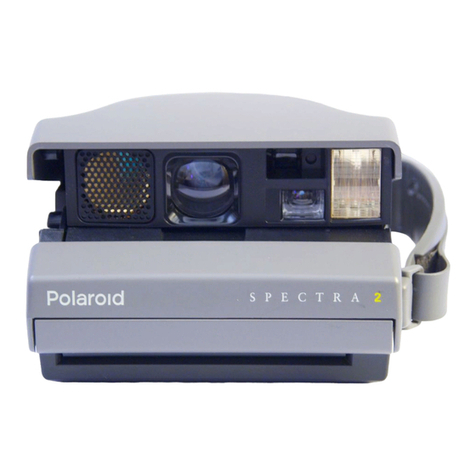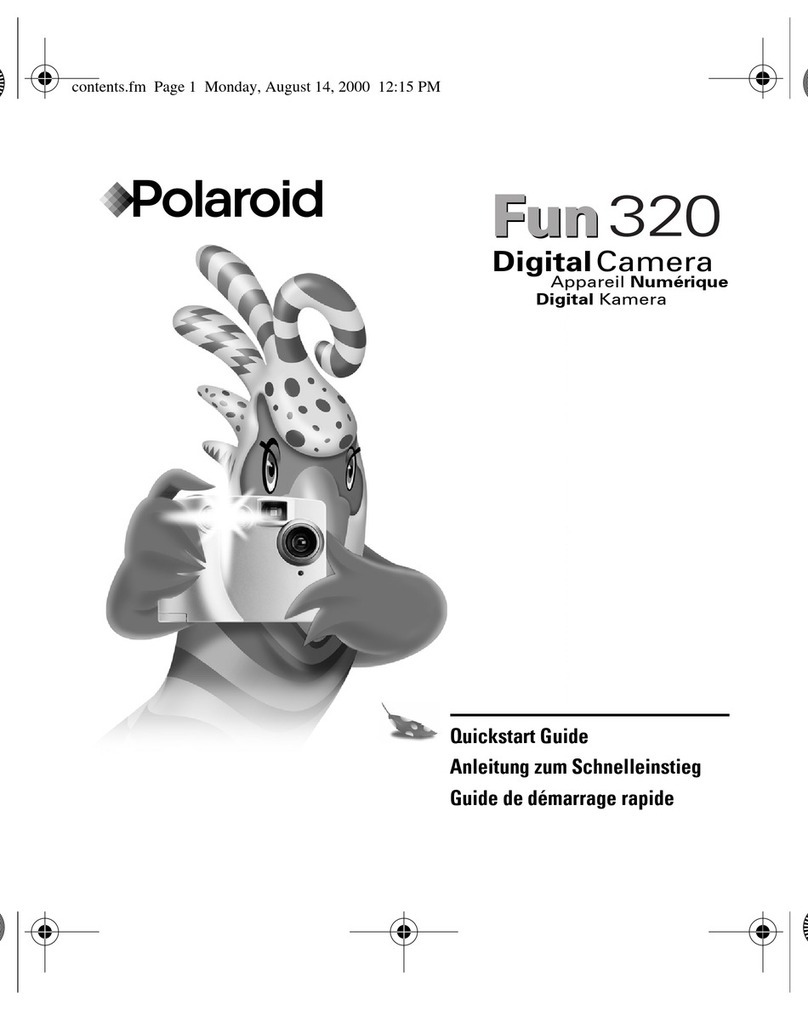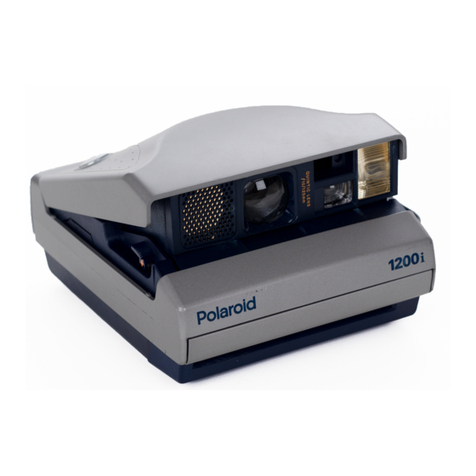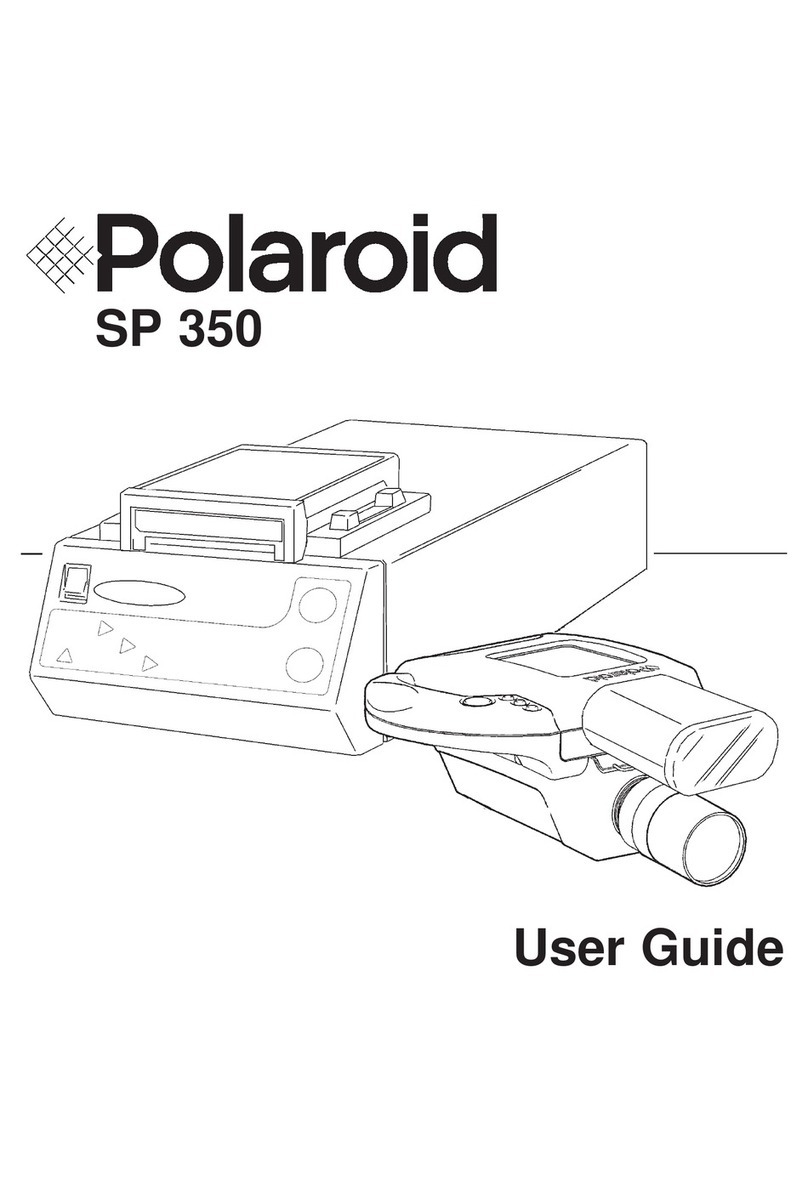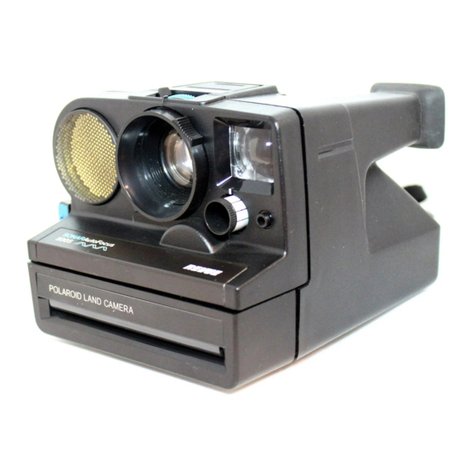
Contents
Camera
parts
. . . . . . . . . . . . . . . . . . 4
The
three
different MP-4 models. . . . . . 5
The camera heads. . . . . . . . . . . 6
The MP-4
shutter
. . . . . . . . . . . . . . . . . . . 7
Lenses for the MP-4. 7
The focusing screens . . . . . . . . . . . 7
The reflex viewer and hood . . . . . . . . . 8
The interchangeable
film
holders. . . . . . . 8
How to attach the electrical assembly 9
Attach cameracolumn to baseboard . . .
10
Camera assembly . . . . . . . . . . . . . . . . . . .
11
Assembly and use of
the
sliding
camera head . .
..
...
..
...
. . .
.. ..
.
..
14
Assembly and use of
the
44-40
fixed camera head . . . .
..
.
..
16
Assembly and use of
the
44-44
fixed camerahead .
Assembly oflighting system .
..
.
Camera operation . .
.......
. .
How to insert the Polaroid Land
18
..
20
.
23
Film Holders . . . . . . . . . . . . . . . . . . . . . .
26
How to use
the
Polaroid Land
Pack Film Holder 44-48
.........
.
Camera tilt
...
...
...
. .
..
. . .
....
.
Camera column rotation on MP-4
28
.
31
Model XLR ...
...
. .
..
.
.. ..
........
32
Camera body removal . . . . .
........
.
..
33
MP-4
shutter
accessories
.....
. . .
.....
33
Some other useful cameraaccessories . .
34
Filters for
the
MP-4
.......
. .
...
.
...
. .
35
MP-4 care and maintenance . . . . . .
..
36
For
more information . . . . . . . . . . . . . . . .
36
Warranty; Registration; Servicing
....
.
36
Polaroid Service Centers and Offices . . .
37
Introduction
The
Polaroid
MP-4
Land
Camera
is
an
unusually versatile photographic unit.
Its
uses
in
industry,
business,
medicine,
research, education, the graphic arts, and
in
a vast variety of other fields are almost
unlimited. They include photomicrography,
photomacrography,
wall
chart
copying,
slide making, X-ray copying, small object
photography, gross specimen photography,
and many others.
The camera can be used with almost all
Polaroid Land
film
types. With these, it can
complete most jobs within seconds, without
a darkroom. The camera can also be used
with wet-process films of some formats.
The
selection
of
lenses,
and a special
macro extension,
render
possible a wide
range of reproduction ratios, from extreme
reduction to high magnification.
For
even
higher magnification, the camera can be
used together with a microscope.
With its wide selection ofaccessories, the
MP-4
is
much more than
just
a camera -it
is a complete photographic system.
The versatility of
the
system
is
truly lim-
ited only by the imagination and ingenuity
ofthe user.
Free
and
rapid
technical
assistance
3
If
you
ever
need additional help in the use of your MP-4 camera, or advice
on
any
other
photographic problem, you may call us free of charge,
Mon
.-Fri., 9 a.m. to 8
p.m. (Eastern Time). From anywhere in the continental U.S.A. except Massachu-
setts
, call
toll-free
at
800-225
-1
618
. From Massachusetts, call
collect
at
(617)
547-5177
.
Or, write to Industrial Marketing Department, Polaroid Corporation,
575
Technology
Square, Cambridge, Mass.
02139.
For
assistance
in
other countries, please contact
the Polaroid office nearest you (see page
37
for list ofaddresses
).
